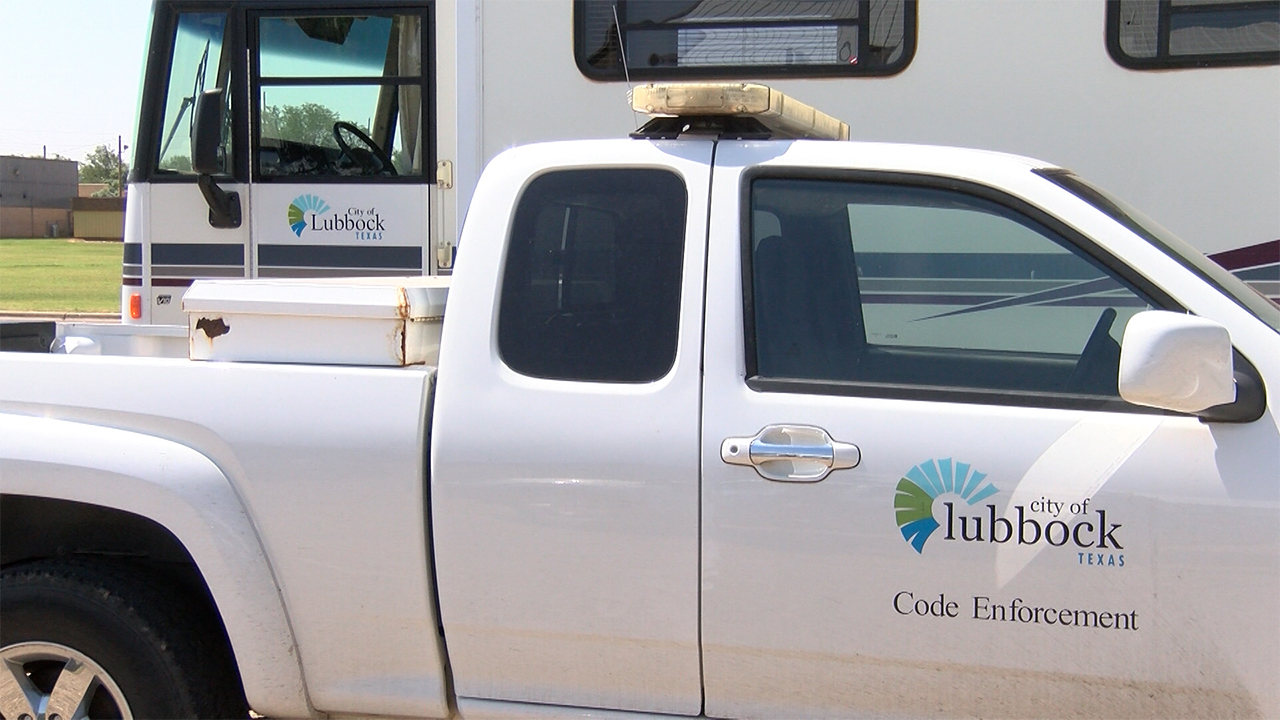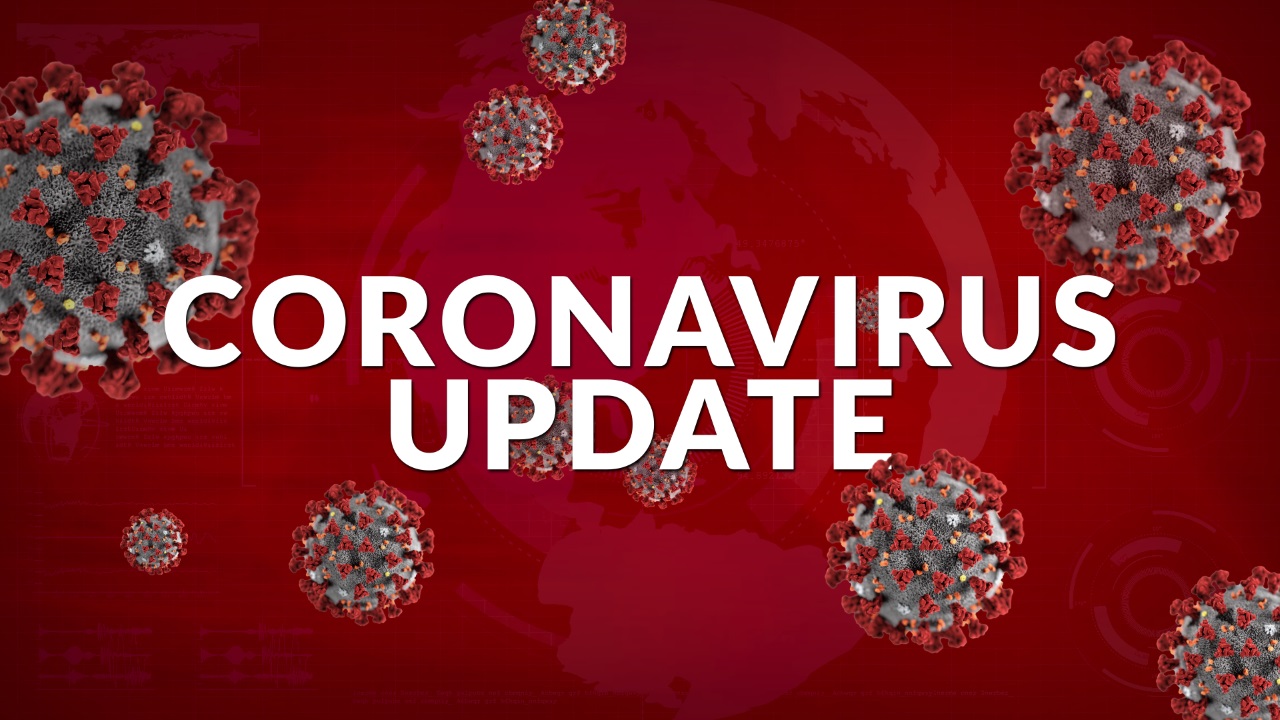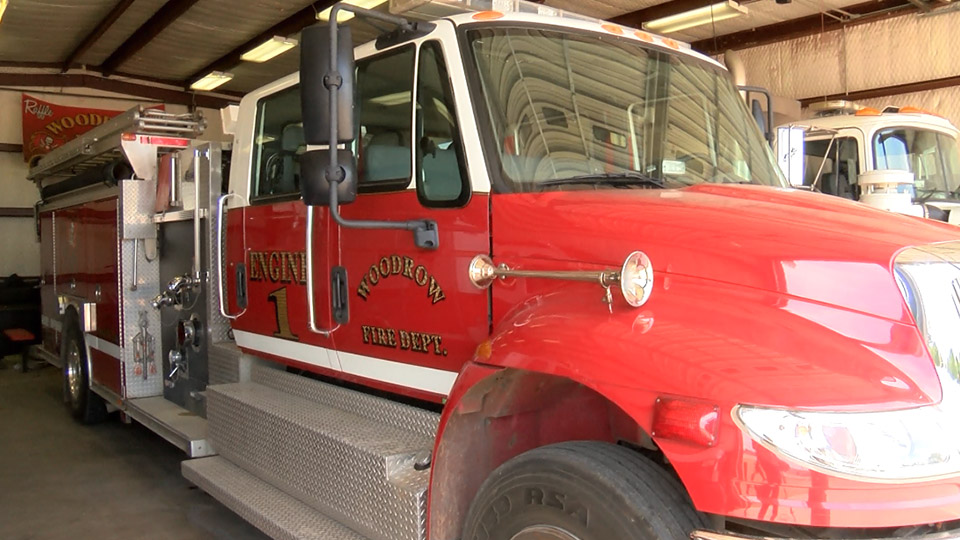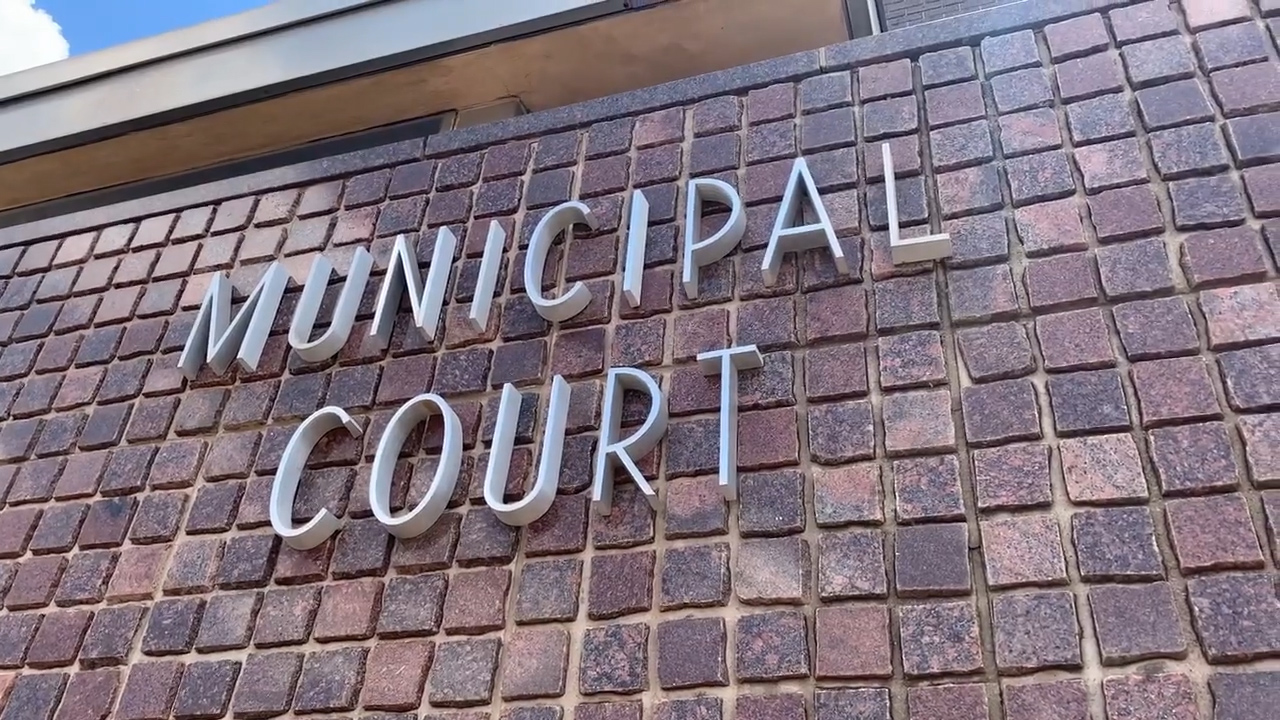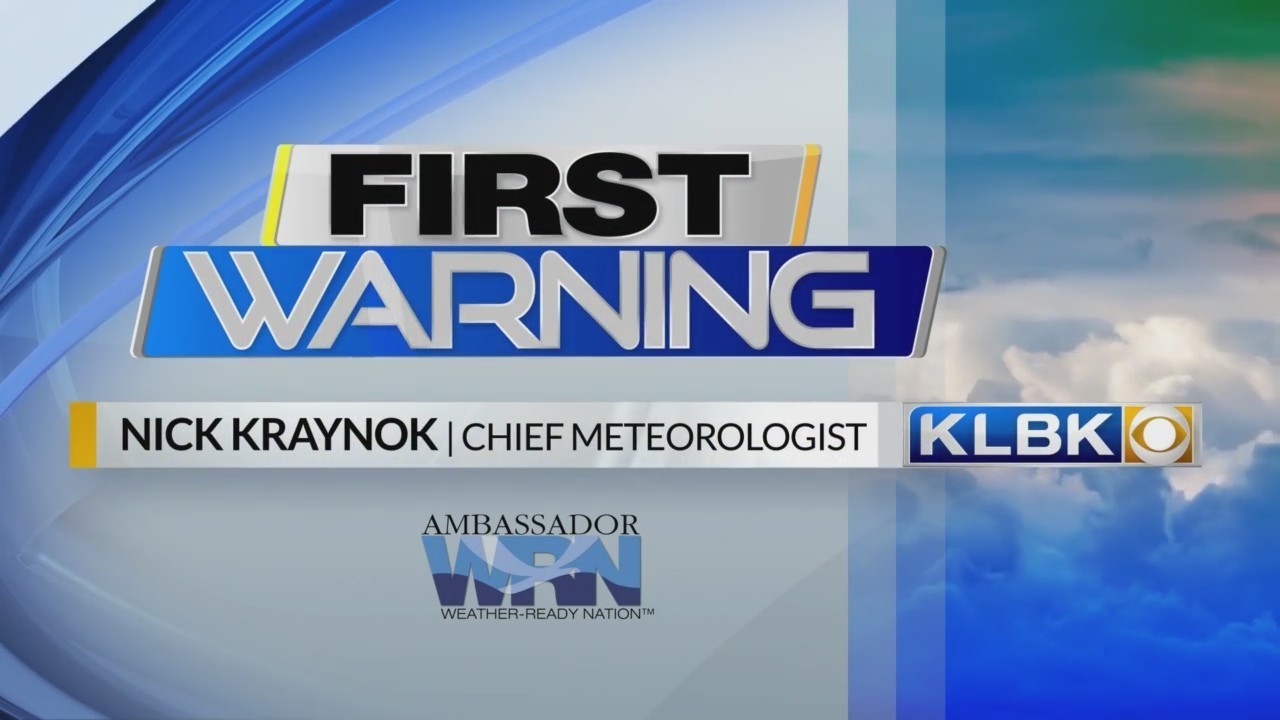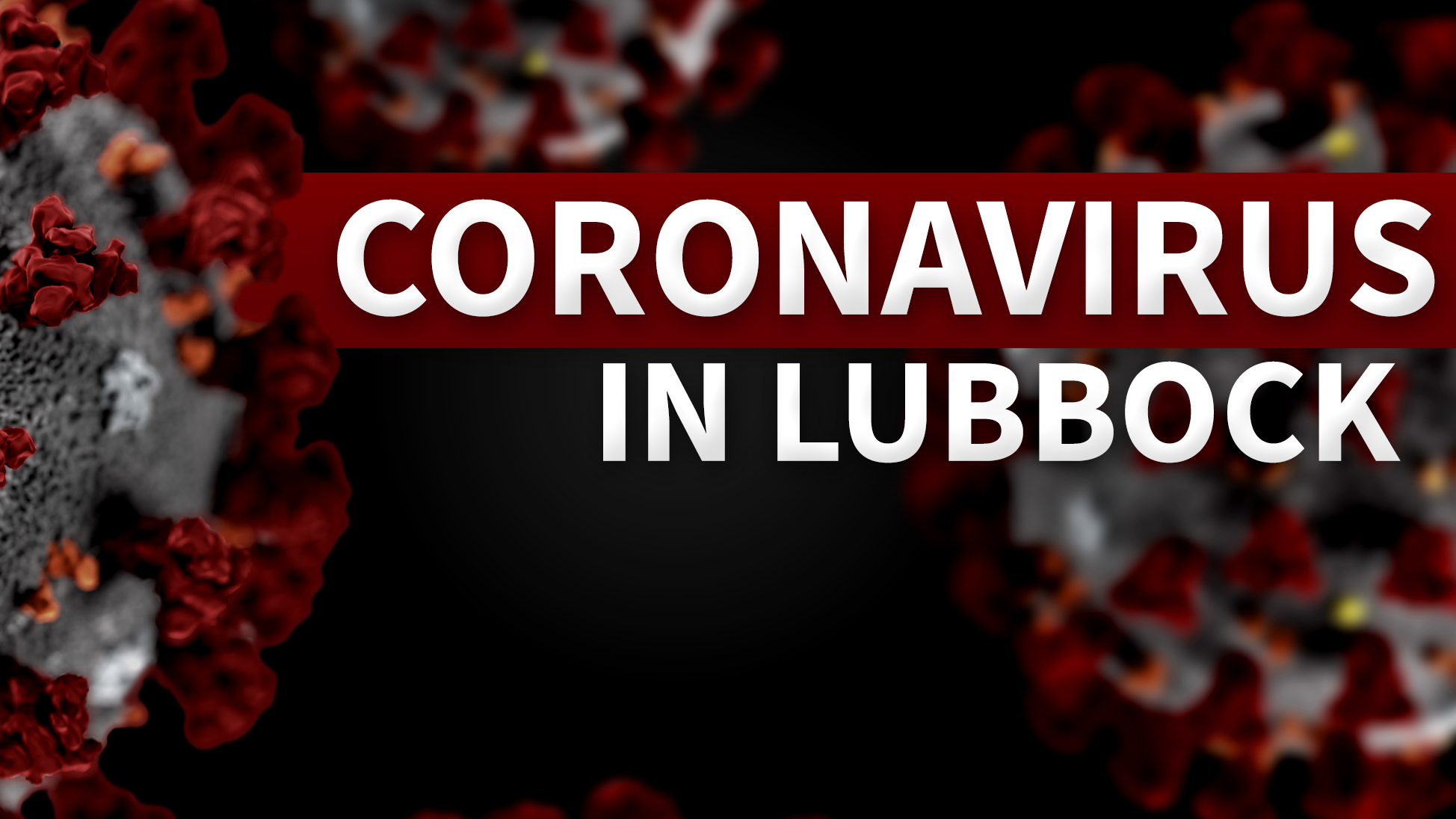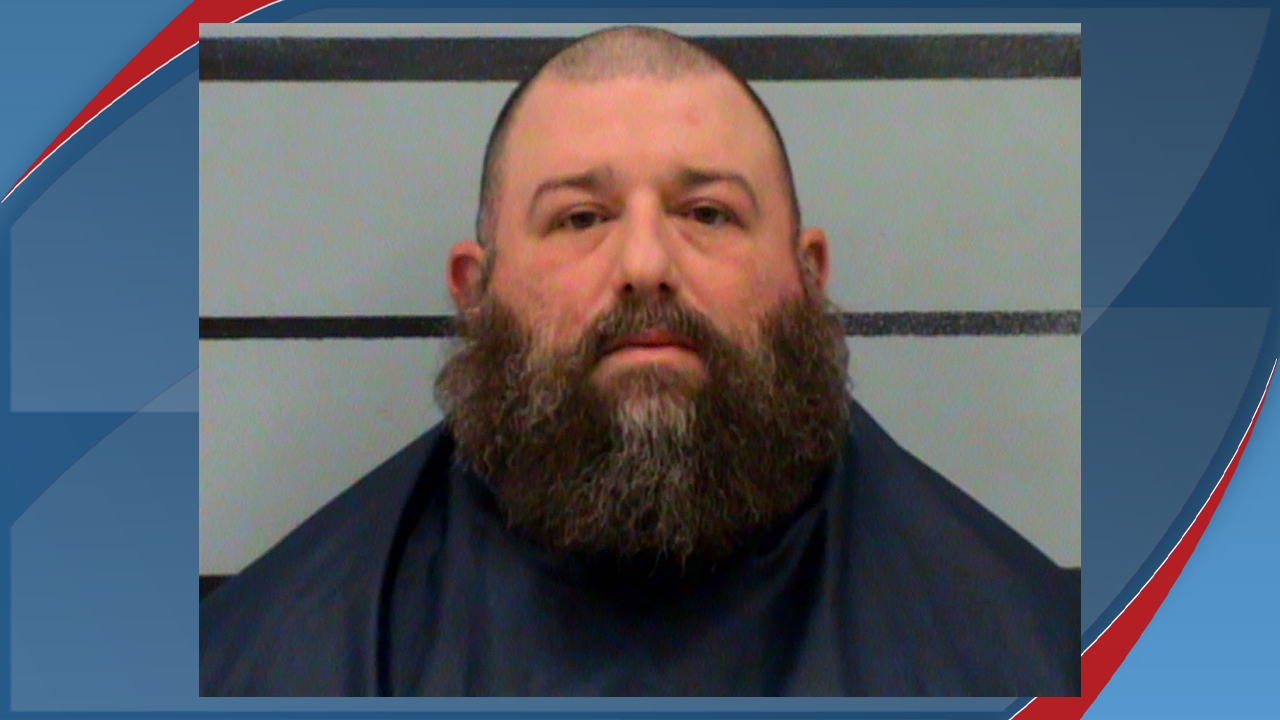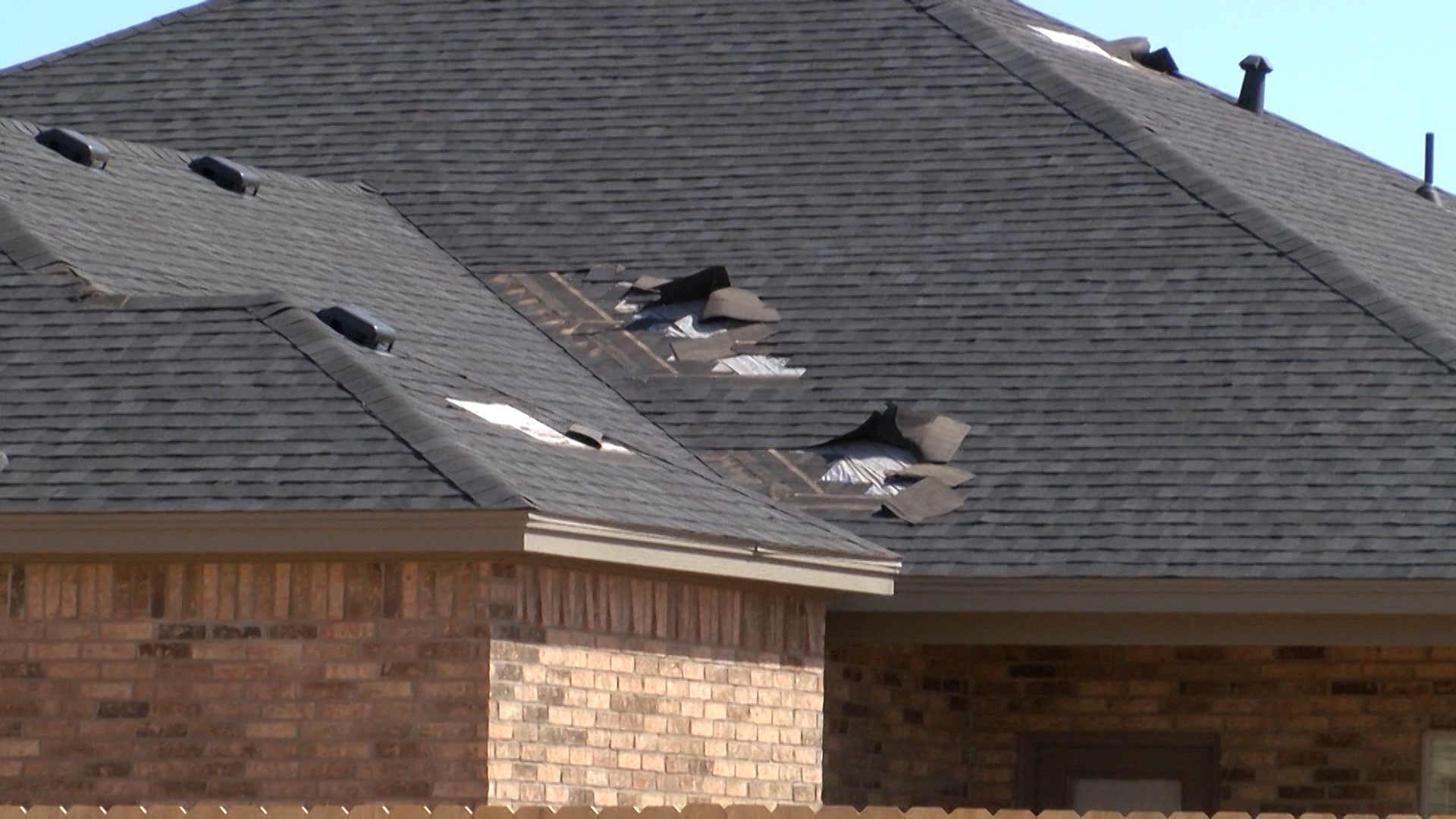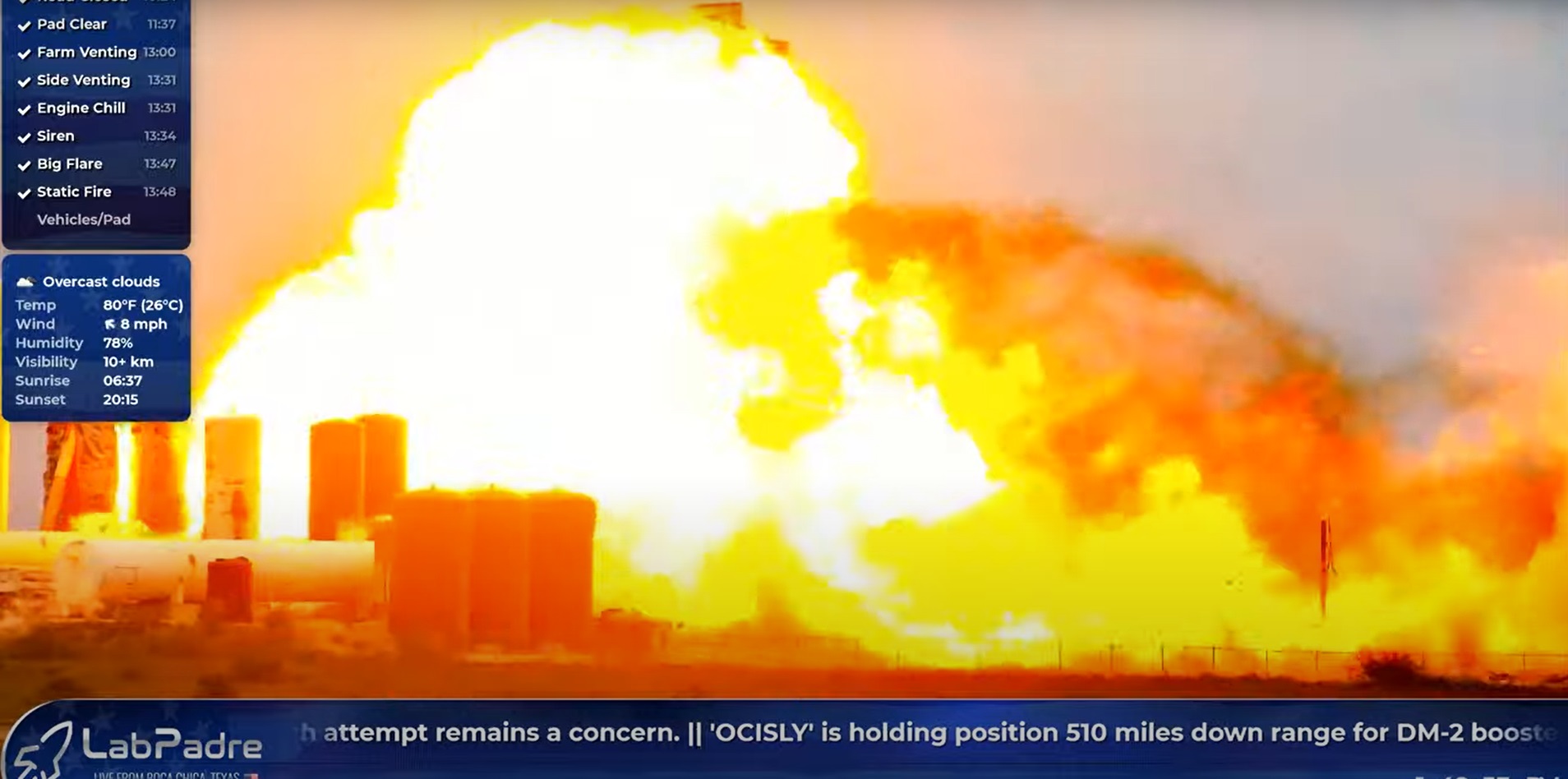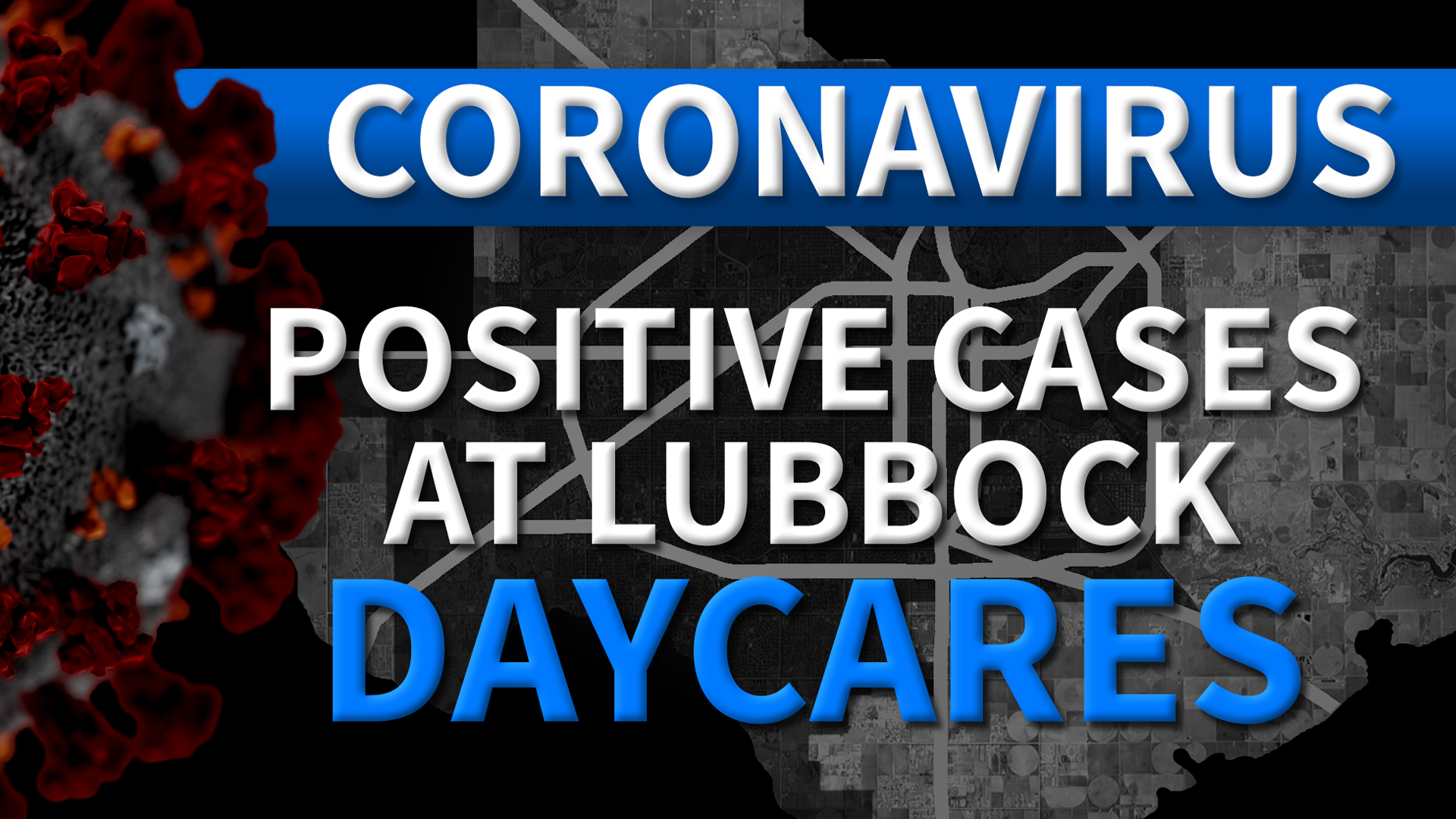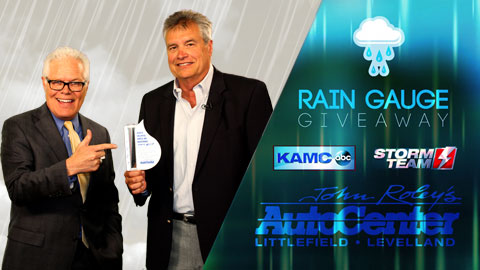Whether it’s watering your lawn or adding more water to your diet, one way or another, you’re using tap water. But, not just a little bit – a lot.
“About 12 billion gallons annually as a rough average for the previous five years,” said Lubbock City Water Operations manager Michael Lowe.
When we asked what locals prefer, most say they don’t have a problem with the drinking water.
“I tasted it and it was fine. A lot better than Odessa!” said Laura Trainer, who just moved to Lubbock.
But, others say it’s not for them and do anything they can to not drink it.
“Bottled water tends to have a better flavor a better taste, more smooth,” said Cash Castillo.
Regardless of your preference, how do you know the water is safe and there isn’t something in it that’s hurting you? That’s why we got a water sample from the Lubbock City Hall to be tested.
We sent a sample to the company Tap Score to break down what is in the water and what could be putting us at risk.
A few things that we found were uranium, arsenic, lead and iron. But, are those things coming from the water treatment plant or from somewhere else down the line?
According to experts, a good portion of the contaminants like uranium come from our area geology.
Others, from somewhere in the city system – a big contributor, according to Lowe – are from “the aging infrastructure in the old part of town.”
This means that most of the contaminants we found in our sample didn’t come from the city’s water treatment plants. If you want to know the possible source of some of them, you may want to look a little closer to home in places like your hot water heater.
“Sediment from hot water heaters is another very big common issue that residents have. The heat intensifies the calcium buildup in the hot water heaters under certain conditions. It can turn loose and give the impression that it’s coming from the main,” said Lowe.
But, did our test find anything in the water that you should worry about that may impact your health?
“Everything in here is within EPA limits … We’re not exceeding any health-based limits on anything,” said laboratory services coordinator Beth McLeister after going through our test results.
It’s something that both Lowe and McLeister make sure is true every single day of the week.
“On a daily basis, there are between 60 and 70 different analysis performed on the water. Our major concerns are, we do approximately 150 bacteriological samples a month to determine that the water is safe,” said Lowe.
Again, our tested water sample is fully within EPA and TCEQ’s water guidelines and regulations for human consumption.
So while the water is safe, what about the taste? Lowe said their first priority is to make sure the water is potable, meaning safe for you to drink. When it comes to making it palatable, they do what they can and have a few things in the works.
“What we call primary standards and secondary standards: primary standards, if you exceed them, can have health effects. Secondary standards, if you exceed them, are going to have aesthetic effects. You might have some color, odor or taste things that people don’t like. But, they’re not going to harm you,” said McLeister.
Both McLeister and Lowe said that if you don’t like the taste of the water, you may want to consider a home treatment system.
However, Lowe warns that if you do pursue this option, you need to make sure you take care of it. That’s because a filter that you don’t change can actually add contaminants to your water and potentially make you sick.
Lowe did mention, however, that the city water department is working on implementing a new disinfectant that will both clean the water and pull out some of the things that alter the taste. Meaning, in the long run, our water quality should improve.
Related Link: Lubbock Water Sample Report










